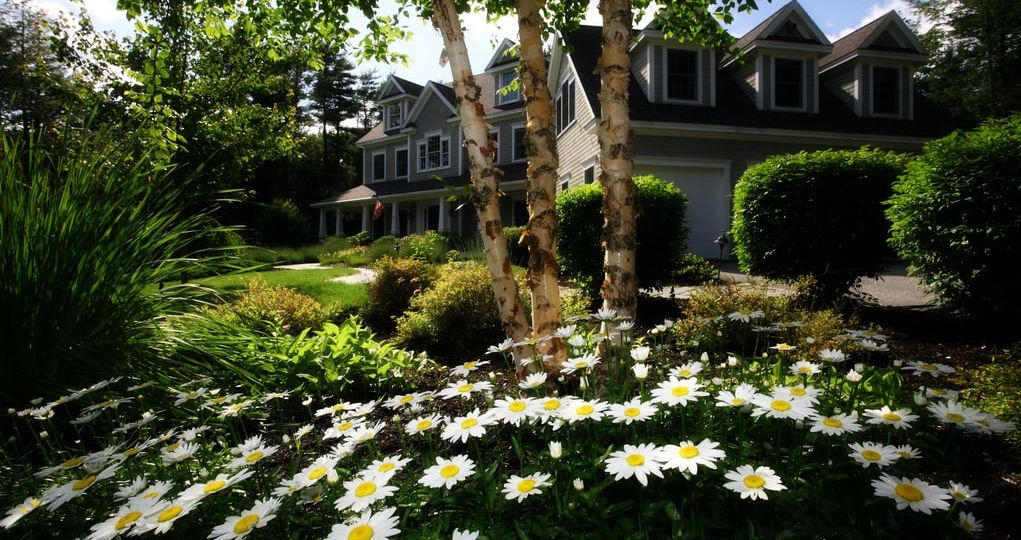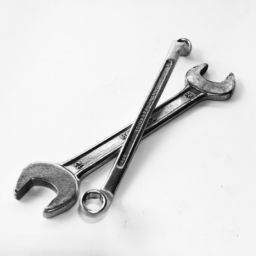
For many people, home is a place that provides stress relief and the spot where priceless memories are made with family and friends. After the past year, well, it’s been the hub of many people’s jobs as well. It also happens to be a big energy guzzling machine when owners aren’t mindful of their energy use.
According to the Department of Energy, energy-related carbon dioxide emissions fell by about 11% in 2020. The decrease in usage was due to less employees commuting to work and more people hanging around the house when stay-at-home orders were issued. However, it’s estimated that those numbers will rise throughout 2021-22 as the world regains a sense of normality—and if we’re not careful with our carbon footprints.
In an effort to be more conservative with our energy usage and incorporate more sustainable options in our day-to-day lives, we researched and spoke with energy and home appliance experts in the city to learn a few tips and tricks to help you transition to a more sustainable home and future. You might even save some money along the way, too.
Switch to a solar-powered water heater
Jack Hope, owner of Hope Plumbing, says the cost to install a solar-powered water heater is typically more than a traditional water heater, but saves money and energy in the end. The sun is free, after all. According to the Department of Energy, the average water heating bill dropped 50-80% after having a solar-powered water heater installed. When determining if this is a good option for you, it’s important to factor in the amount of hot water you use and your geographical location.
Use energy-efficient compact fluorescent lamps
According to the Department of Energy, compact fluorescent lamps (CFL) use about 75% less energy than traditional lighting options. CFLs cost a bit more than other lamps, but the price is worth it because they last 6-15 times longer, which equals out to 6,000 to 15,000 hours.
Turn off unnecessary lights or other heat-producing appliances
AES, formally IPL, suggests keeping heat-producing appliances off in warmer months. This is because it’ll likely heat the room and make your air conditioner turn on when it’s not necessary. Your energy bill will thank you for it.
Invest in a tankless water heater
Hope describes a tankless water heater as being “the most important piece of equipment that you can update in your house.” For starters, it uses less energy than a standard water heater because it’s not keeping the water hot 24/7; rather, it just heats it up when you need it. Another advantage is it lasts twice as long. Instead of being replaced every 6 to 8 years, a tankless water heater is swapped out every 12 to 15 years. It might be an initial investment, but customers typically spend less money on energy costs as the years go on.
Set up a drying rack instead of installing a dryer
It might take longer to dry your clothes on a drying rack, but in the grand scheme of things, a drying rack is a sustainable option that can also save you a lot of money if you’re consistent with it. Drying racks completely eliminate the need for electricity and your dryer, meaning it’s completely free. It also eliminates the chance of shrinking your clothes, so it’s truly a win-win situation.
Have a water filter installed in your kitchen
Having a good water filter on hand is a staple in any household because it filters out chemicals and leaves users with clean, healthy drinking water. It’s also cost effective because it eliminates the need to buy gallons of filtered water or bottled water. That means less plastic and waste in the oceans.
Swap out your gas oven for an electric convection one
An easy swap to make your kitchen more sustainable is ditching the traditional oven for an electric convection one. According to the Department of Energy, a convection oven requires 20% less energy than other options. As an added bonus, it takes less time to cook your food because the heated air is continuously circulated throughout the appliance.
Keep your windows and doors closed when the air conditioning is on
This one might be a no-brainer, but as it gets warmer outside and you reluctantly turn on your air conditioner, AES suggests making sure all of your doors and windows are closed before you blast the AC to help the cold air stay in, and the warm air stays outside. It’s also suggested to keep your blinds closed in rooms you don’t use as much on sunny days in an effort to keep the room cool and the AC from kicking on. It might keep the sunshine out but it’ll (hopefully) keep your energy bill down.
Add in some landscaping for shade
A more decorative option to save energy and cool off this summer is by adding in some landscaping fixtures for shade. Putting in some trees or canopies on the back porch can provide some much-needed relief from the sun and keep you cool at the same time. This option can significantly reduce your energy bill, if you utilize it wisely enough. Plus, it might entice some neighbors over for a socially-distanced hang out, if that’s your style.
Change your furnace filter regularly
In addition to improving your air quality, regularly changing your furnace filter actually saves you both energy and money because your HVAC system doesn’t have to work as hard. According to AES, when the filter is clogged, i.e. it hasn’t been changed in a while, the more electricity the blower uses. It’s best practice to change your filter every 90 days to keep air quality good and energy use down.
Samantha Kupiainen is a regular Indy Maven contributor.
All of our content—including this article—is completely free. However, we’d love if you would please consider supporting our journalism with an Indy Maven membership.



















